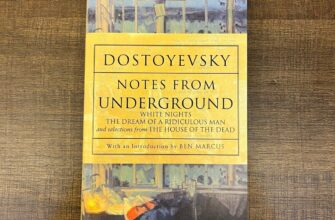Near the bustling heart of Moscow, in a region often associated with enduring history and architectural marvels, a different narrative unfolded. The Nikolskoye-Uryupino estate, a sprawling monument echoing centuries of Russian grandeur, recently suffered a significant partial collapse. What once stood as a testament to bygone eras now lies partly in ruins, raising uncomfortable questions about the stewardship of invaluable cultural heritage.
The Event and Its Immediate Aftermath
The incident, occurring just yesterday, saw a substantial portion of the historic estate crumble. This wasn`t merely the unfortunate degradation of an old building; it was the partial demise of a designated cultural heritage site, a structure legally protected and cherished, at least in theory. The visuals emerging from the scene painted a stark picture of dilapidation reaching a critical, catastrophic point.
The Wheels of Justice (and Bureaucracy)
Swiftly following the structural failure, investigators from the Main Investigative Directorate of the Russian Investigative Committee for the Moscow Region arrived at Nikolskoye-Uryupino. Their presence marked the official commencement of a criminal case, initiated under Article 243, Part 1 of the Criminal Code of the Russian Federation. This specific article targets the “destruction or damage of objects of cultural heritage (monuments of history and culture) of the peoples of the Russian Federation.” It’s a legal measure reserved for serious offenses against national patrimony, signaling that the authorities view this collapse as more than just an accidental decay, but potentially a consequence of negligence or deliberate inaction.
A Question of Preservation: The Irony of Neglect
One might reasonably ponder how a cultural monument, legally protected and ostensibly valued, could reach such a perilous state. The phrase “factually brought to catastrophe” used by local reporters, paints a vivid image of a gradual decline, perhaps punctuated by bureaucratic indifference or a distinct lack of funds for proper maintenance. The irony is palpable: we cherish these sites for their history, their beauty, their stories, yet often allow them to fade away through neglect, only to react with legal action when the damage is beyond repair. Is it truly preservation if intervention only begins after collapse?
Beyond Nikolskoye-Uryupino: A Call to Action
The tragedy at Nikolskoye-Uryupino serves as a stark reminder of the fragile state of many historical properties. Across Russia, and indeed globally, countless cultural heritage sites face similar threats from time, weather, and perhaps most critically, human apathy. The costs associated with diligent upkeep are immense, but the cost of losing these irreplaceable links to the past is immeasurable. This incident forces a broader conversation about funding, protective legislation, and the collective responsibility to safeguard our shared history for future generations.
As the investigation at Nikolskoye-Uryupino proceeds, the eyes of those who value history will be watching. The outcome will not only determine accountability for this particular collapse but will also send a powerful message about the seriousness with which cultural heritage is regarded. May this unfortunate event catalyze a renewed commitment to active preservation, ensuring that other silent witnesses to history do not meet a similar, ignominious fate.





